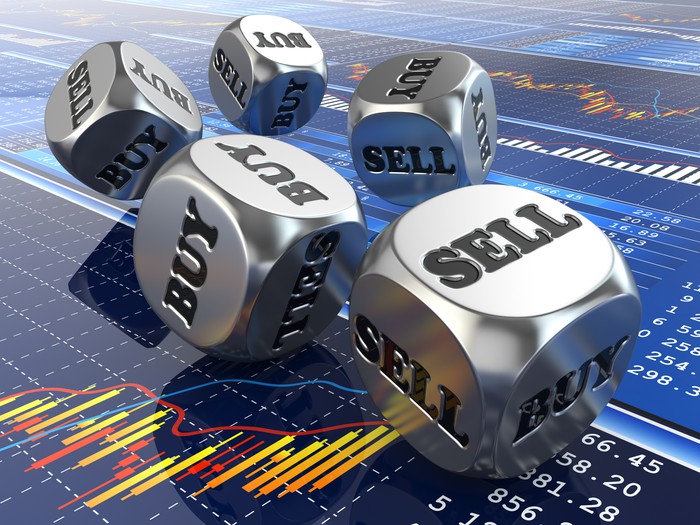Anheuser-Busch InBev (BUD 0.52%) has a plan to dominate the hard seltzer category that might sound familiar to craft beer drinkers: Flood the market with choice and drive out the competition.
Although the brewer never came to dominate the craft beer market, its Shock Top brand became well regarded, and it bought up over a dozen craft breweries to flood the market. Because of its massive distribution network, it could drive smaller brands off store shelves.
Now it's looking to replicate that strategy with hard seltzer. As the boom in demand for the flavored malt beverage took off, Anheuser-Busch acquired the Bon & Viv brand, then it introduced its Natural Light version, and now it is launching a Bud Light hard seltzer. There could be a lot more brands to come, too.

Image source: Anheuser-Busch InBev.
More is better
During the company's third-quarter earnings conference call last month, CEO Carlos Brito told analysts that Anheuser-Busch's hard seltzers had already doubled their market share, but: "We believe that as the category evolves, consumers will demand more choices, and a portfolio approach is key to success. We're expanding and enhancing our hard seltzer portfolio rapidly."
Brito said that the hard seltzer market has low barriers to entry, unlike craft beer, and is centered around big national brands, which favors Anheuser-Busch. "Scale matters," he said, pointing to the brewer's distribution model, an advantage it could use to capitalize on the shortage of White Claw, whose demand has far outstripped the capacity of Mark Anthony Brands to produce it, and the decision by Boston Beer (SAM +2.41%) to reformulate the recipe of its Truly brand.
With three hard seltzers in its portfolio and more innovations in the pipeline, the company seems willing to spend its way to the top.
Coming from out of nowhere
The hard seltzer market is in the midst of a craze, and though just about every brewer seems to be introducing their own brand, it is still dominated by White Claw, which owns over half the market, and Truly, which owns almost 30%. The remainder is split up among everyone else.
Seltzer has already become a $1 billion industry, reaching that milestone in August, according to Nielsen data. Although that is equal to what Constellation Brands paid for Barrel Point Brewing four years ago, seltzer's growth seems reminiscent of the craft beer industry's early days. Some analysts think it could triple in value over the next three years, a threshold that took craft beer almost 20 years for its dollar share volume to reach.
Two different growth stories
While there are similarities between seltzer's growth and that of craft beer, there are stark differences, too. Brewing a craft beer is truly something of an art form, while creating a hard seltzer is more akin to being a mixologist. People have passion around craft beer, both in its creation and in drinking it. Seltzer doesn't have the same attachment, and the decades-long love affair with craft beer shows that it is the passion that gives the industry its longevity.
Seltzer may be here to stay, but it's easy to see that as soon as the next new flavor of the month hits the market, drinkers will move on, regardless of the purported health and well-being attributes surrounding it.
Anheuser-Busch could also simply end up diluting the sales of its own brands as much as stealing share from the leaders. It certainly has the marketing muscle to back its efforts, but with the only real jockeying for market share occurring amid the lower seltzer tiers, White Claw and Truly may have little to fear from A-B flooding the market with more brands.




